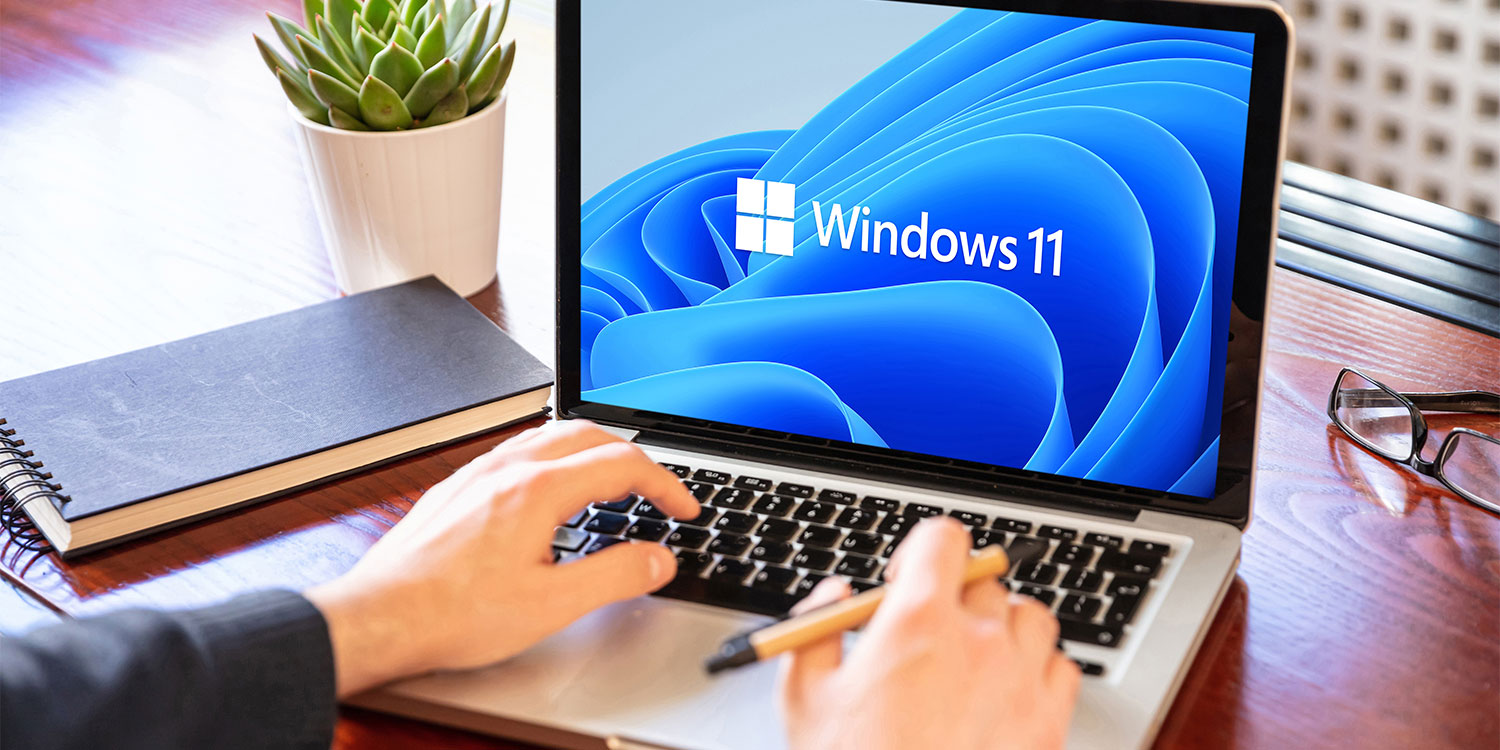If you’re looking to speed up Windows 11, you’re not alone. Many users find that their systems can become sluggish over time, and optimizing performance is essential for a smooth experience. In this article, we will explore ten quick tricks that can help you speed up Windows 11 in just ten minutes. These methods are simple, effective, and can be done without any technical expertise. Whether you’re a casual user or a power user, these tips will help you Speed up Windows 11 and enhance your overall computing experience. Let’s dive into the tricks that will help you speed up Windows 11 and get your system running like new again.
1. Disable Startup Programs
One of the easiest ways to speed up Windows 11 is by managing your startup programs. Many applications automatically launch when you boot your computer, which can slow down the startup process. To disable unnecessary startup programs, right-click on the taskbar and select “Task Manager.” Navigate to the “Startup” tab, and you’ll see a list of programs that run at startup. Right-click on any program you don’t need and select “Disable.” This simple step can significantly speed up Windows 11 by reducing boot time.
2. Uninstall Unused Applications
Another effective way to speed up Windows 11 is to uninstall applications that you no longer use. Over time, your system can become cluttered with software that takes up valuable resources. To uninstall applications, go to “Settings,” then “Apps,” and select “Apps & features.” Review the list and remove any programs that you don’t need. This will free up space and resources, allowing your system to run more efficiently and ultimately speed up Windows 11.
3. Adjust Visual Effects
Windows 11 comes with various visual effects that can consume system resources. To speed up Windows 11, you can adjust these settings for better performance. Right-click on the “Start” button and select “System.” Click on “Advanced system settings,” then go to the “Performance” section and click “Settings.” Here, you can choose “Adjust for best performance” or manually select which visual effects to disable. Reducing these effects can help you speed up Windows 11 and improve responsiveness.
4. Use Storage Sense
Storage Sense is a built-in feature in Windows 11 that helps you manage disk space automatically. To enable it, go to “Settings,” then “System,” and select “Storage.” Turn on Storage Sense, and it will automatically delete temporary files and manage your storage. This can help you speed up Windows 11 by ensuring that your hard drive is not cluttered with unnecessary files.
5. Update Drivers
Outdated drivers can lead to performance issues and slow down your system. To speed up Windows 11, make sure all your drivers are up to date. You can do this by going to “Device Manager,” right-clicking on each device, and selecting “Update driver.” Keeping your drivers updated can enhance system performance and stability, helping you speed up Windows 11.
6. Disable Background Apps
Many applications run in the background, consuming resources even when you’re not using them. To speed up Windows 11, you can disable background apps. Go to “Settings,” then “Privacy & security,” and select “Background apps.” Here, you can turn off apps that you don’t want running in the background. This will free up system resources and help you speed up Windows 11.
7. Optimize Hard Drive
Regularly optimizing your hard drive can help improve performance. To do this, search for “Defragment and Optimize Drives” in the Start menu. Select your hard drive and click “Optimize.” This process will reorganize fragmented data, which can help you speed up Windows 11 by improving access times and overall system performance.
8. Manage Power Settings
Windows 11 offers various power settings that can affect performance. To speed up Windows 11, consider switching to a high-performance power plan. Go to “Settings,” then “System,” and select “Power & battery.” Choose the “High performance” option to ensure your system is running at its best. This can help you speed up Windows 11 by maximizing performance when needed.
9. Clear Cache and Temporary Files
Over time, cache and temporary files can accumulate and slow down your system. To speed up Windows 11, regularly clear these files. You can use the built-in Disk Cleanup tool by searching for “Disk Cleanup” in the Start menu. Select the drive you want to clean, and check the boxes for temporary files and cache. This will help you speed up Windows 11 by freeing up space and improving performance.
10. Restart Your Computer
Sometimes, the simplest solution is the most effective. Restarting your computer can help clear temporary files and refresh system resources. If you notice your system slowing down, take a moment to restart it. This quick action can help you speed up Windows 11 and restore performance.
In conclusion, optimizing your Windows 11 system doesn’t have to be a daunting task. By implementing these ten-minute tricks, you can effectively speed up Windows 11 and enjoy a smoother computing experience. From managing startup programs to clearing cache files, each step contributes to enhancing your system’s performance. Remember, regular maintenance is key to keeping your system running efficiently. So, take the time to apply these tips and watch as your Windows 11 experience transforms. With just a few minutes of effort, you can significantly speed up Windows 11 and enjoy a more responsive and enjoyable computing environment.



